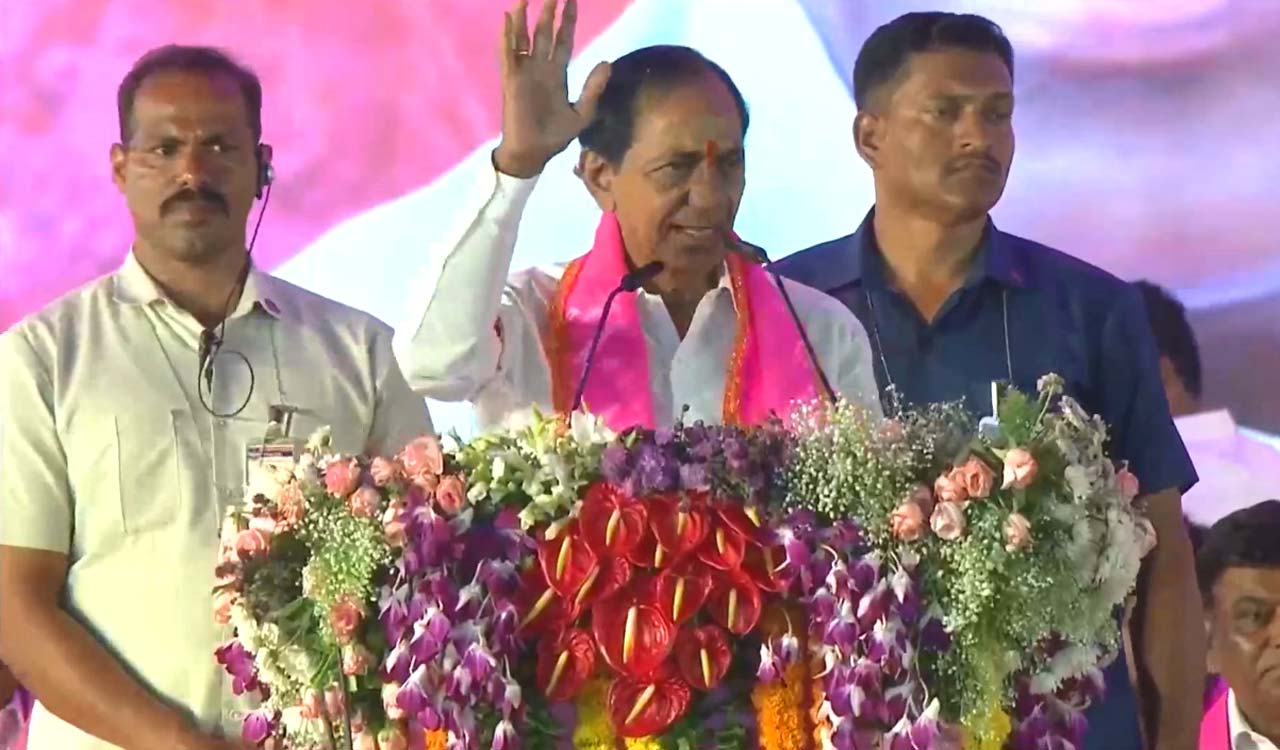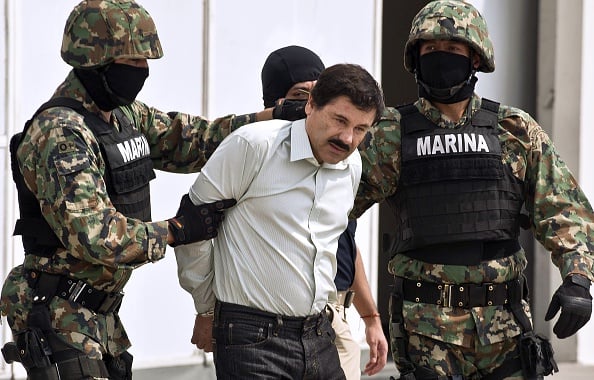INSIGHT: Without fear or favour - How curiosity, a crusading spirit and a calling gave rise to the TCI’s oldest newspaper

By Gemma Handy The front page headline has been lost to the archives of time but the date is recalled with the speed of artillery fire. Life-changing events tend to have that effect. And the publication of the very first edition of the Turks and Caicos Weekly News – the culmination of a decades-long dream – was one such moment. Consequently, July 7, 1982, is a date W Blythe Duncanson will never forget. Likewise, the two cardinal incidents that inspired the newspaper’s creation – and the legendary Bahamian journalist whose searing observations stirred his soul. Duncanson’s appreciation for the power of the written word was ingrained in childhood. “My mother Cecilia was an avid reader and a great bibliophile. She introduced us to books,” he says. But there was one thing in particular that captivated her. “The editorials in the Nassau Tribune were riveting. People would wait for it to come out each evening. My mother would not go to bed until she had read it,” Duncanson smiles. The family had moved from Bottle Creek, North Caicos, to The Bahamas when Duncanson was eight years old. Duncanson’s father William was among many Caribbean men to sign up for farm work in the US after the Second World War caused a shortage of labour. When his contract in Florida ended, William opted to plough the nest egg he had saved into opening a small store in Nassau, and sent for his family to join him. “My mother was a teacher. She told my father she would come on one condition: that he found her a teaching job because she wasn’t going to do anything else,” Duncanson says. It wasn’t long before Duncanson too was enthralled by The Tribune’s editorials. Editor Etienne Dupuch’s commentaries on racial discrimination and the ignominy of segregation still rife at the time “struck a chord”. “I was so curious about this man who published this paper and who could command such interest. I was determined to be like him,” he continues. Dupuch would later be knighted by three different countries for his work fighting social injustice, while his 54-year Tribune tenure earned him a slot in the Guinness Book of Records as the world’s longest serving editor. When the time came to leave high school, Duncanson turned down a position at the Customs department, arranged for all graduating boys by the headmaster. “I was the only one who said no, because I was going to work for the Tribune. I didn’t have a job there; I was just convinced I wanted to work for the paper.” Armed with a winning composition from an interschool essay competition and a selection of drawings from GCE art, earned with a distinction, he headed for the Tribune’s offices. The recent hiring of two trainees may have put the brakes on his aspirations had it not been for his artwork. “I was sent to the printing department, which at the time was transitioning from letterpress to offset. They asked me where I learned to draw and hired me on the spot,” Duncanson recalls. “They also asked me what I wanted to be paid. I said I had no idea, I was just out of school. So they said they would start me on 10 pounds a week.” With his former school pals at Customs earning a third less, it was a decent starting wage and Duncanson would remain at the Tribune for eight years as a graphic designer. But it meant his calling to write would have to wait; his value to the newspaper’s graphics saw his requests for a transfer to the editorial department rebuffed. Eventually, Duncanson landed a position at the Bahamian Review, a monthly news publication. With a team of accomplished journalists at the helm, it was there Duncanson learned to write. Another serendipitous occurrence was to follow. “One day I was sent to get a US visa for one of the editors. I met the ambassador and asked him what I needed to do if I wanted to go to the US too. I told him I wanted to get some more experience. “I was given a form which I filled out and forgot about. Three years later I went to the post office and there was a letter saying I had been given a green card.” By then, Duncanson was married to Stephanie who he’d met during his Tribune years. Their two children, Beryn and Brochelle, were aged just six and five. The move would be momentous. A job was secured as a graphic designer for an ad agency and the family upped sticks. It was while working at the agency that a client came in one day with a magazine from the Cayman Islands. It was entitled the Nor’Wester, both in tribute to the storms that afflict the territory and the rapid-fire pace of development it was experiencing at the time. “I looked at that magazine and I said to myself, if Cayman can do something like this, maybe I can do one for Turks and Caicos,” Duncanson remembers. It was 1979. Duncanson had not set foot in the land of his birth for more than 20 years. “I decided to come to TCI on a scouting trip to see whether it could sustain a magazine like that. I booked a flight to Grand Turk. On the plane, I was amazed to see all these white people; there were only a handful of Black people on board. “I assumed the plane would drop us off and continue on to Puerto Rico or somewhere. But when we landed in Provo, all the white people got off too. I asked someone where they were all going and she said to hotels. I said, we have hotels here?” Back then there were just a few – the Third Turtle Inn, the Island Princess and the Erebus. “It was very obvious this island was on an upward trajectory,” Duncanson continues. “While I was there I saw a cover feature in Town & Country magazine describing Provo as the ‘jet-set island’, despite the fact the roads were not even paved then and you had to travel by boat to get from Blue Hills to Five Cays.” Grace Bay’s pristine stretch of beach had already captured the attention of American developers like Fritz Ludington. Club Med would follow in 1984, along with an international airport. “The rest was magic,” Duncanson says. “I saw the opportunity was ripe for me to launch a magazine.” In May 1980, the TCI’s first chief minister Jags McCartney was killed in an airplane crash. That November, the opposition PNP won the general election by a landslide, with voters wary of the ruling PDM party’s quest for independence at the time. The inaugural edition of Duncanson’s monthly periodical ‘The Turks & Caicos Current’ appeared in TCI stores in 1981. Its aim was to harness the nascent intrigue the Islands were garnering among the world’s haut-monde and help lay the path to a prosperity boom. Newly installed chief minister Norman Saunders and commerce and development minister Stafford Missick appeared on the front page with a caption describing the TCI as “the last Caribbean frontier”. It became an instant success. Still, Duncanson remained living in Miami for several more years, producing the paper remotely with help from a local team based in Grand Turk, until he moved back home permanently in 1986. “Two things happened that made me realise Turks and Caicos needed a newspaper,” he says. Ruthless killings and torture of Haitians by dictator Jean-Claude ‘Baby Doc’ Duvalier had been causing alarm across the region. “Duvalier had been ruling Haiti with an iron fist, and executed a lot of people. There was a move to assassinate him by a group from Florida headed by a Haitian living there,” Duncanson explains. “They hired a plane, loaded some mercenaries on board, and landed in South Caicos to refuel. They were going to sneak into Haiti that night, land on Tortuga and take a boat to Port-au-Prince. Then they were going to commandeer the radio station, announce that Haiti was under siege and give Duvalier a few hours to leave.” Duncanson was entrusted with a tour of the plane, replete with weapons and ammunition. “I met the broadcaster who was going to take control of the airwaves and tell the people that Haiti was free. They had rehearsed the whole thing. “But someone snitched and told Duvalier they were coming. When the plane got to Tortuga that night, Duvalier’s Leopard Corps were there waiting for them. They killed everybody. “I had met these people just hours before.” Duncanson’s monthly publication established to promote the TCI was not the forum to publish such a story, however insistently his journalistic inclinations thrummed. “Two years later another group, headed by a revolutionary who had a bakery at South Dock in Provo, told me they were going to invade Cuba at Guantanamo Bay. “Again they came and looked for me. They would not allow anyone else to inspect their equipment and guns. They trusted me because I was a fellow islander. “Again, I could not do anything with the story.” The plot did not come to fruition but it was enough to inspire Duncanson to reach out to an old associate from Bottle Creek who was working as a journalist in the US. Duncanson was able to convince him that TCI was in dire need of a newspaper and that he should move back home and start one, which he did. But fate had other plans and the new venture quickly died. “So I said, I have to do it. I went to Barclays, I opened an account called ‘TC Weekly News’ and said, I will do it myself. “The first edition came out on July 7, 1982.” One of the fledgling paper’s first and most significant stories was a campaign it spearheaded to prevent a US company from dumping sewage sludge on West Caicos. “The government was going to be paid millions of dollars. We launched a crusade against it which went global.” The plans invoked the ire of long-time local environmentalist Chuck Hesse and eventually caught the attention of Greenpeace. “Can you imagine a beautiful island like West Caicos being used as a dumping ground?” Duncanson says, as incensed today as four decades ago. “Once it got international interest the UK put an end to it.” Technology may have undergone tremendous evolution over the years but the paper’s commitment to the pursuit of truth, along with its status as a bastion of independent thought and free speech, remains firmly in place. Duncanson smiles as he relates the logistical hurdles of ensuring it made it to print in the early days. Transporting its paper-and-pencil outline to Miami was a feat all of its own. “There were no computers around when we launched, so someone had to go to the airport every Friday to find someone to deliver the paper to the printer. “Many times the paper never reached. One time a lady took the paper all the way to London. She forgot to deliver it. Now we only need to upload it; an amazing difference.” This summer, the Islands’ oldest newspaper will mark its 43rd anniversary. “As I look back, I am amazed that it has survived,” Duncanson says. “When I started out, I didn’t know what success meant. All I knew was I was committed to doing this job. I felt somehow I was called to it. “While working for The Tribune, a man called John Houseman was publishing the TCI’s first paper, the ‘Conch News’, on a hand-cranked mimeograph machine. People were hungry to read what was happening in the Islands and that was the only form of information they had. “I used to say, one day I will do a real paper for this country.” These days and with the media scene now expanded, the TC Weekly News is the only paper still in physical print, despite having an online version for the last 18 years. “I think people see us as the authority voice because we are the oldest and also because we don’t side with any party. “Some people like to call us PNP, some PDM, depending on what we carried the week before, but we have no allegiance to any party and I think that’s the reason why the Weekly News is respected,” Duncanson says. He recalls Christopher Turner, Governor of TCI in the mid-80s, being “amazed at the standard of journalism our paper produced”. “Over the years, we have published continuously while maintaining that standard we started out with, if not surpassing it. “It gives me great satisfaction that the Weekly News is a reliable, dependable, trustworthy vehicle of communication.” As for where it’s going next, with Duncanson now well into his 70s, that remains to be seen. “It’s something I ponder about,” he admits. “Whoever takes it on needs curiosity and drive; that crusading spirit you get in your gut when causes need to be championed.” There’s one thing, however, that he’s sure about. “I don’t see myself retiring; I will work until I drop,” he laughs. “And I would be quite satisfied with that. I would have made my contribution to the growth and development of my country, and to small island journalism.” • Blythe Duncanson was to be recognised as a pioneer in journalism in the Turks and Caicos Islands yesterday. This article was provided to note his history, inspiration and contributions.


















